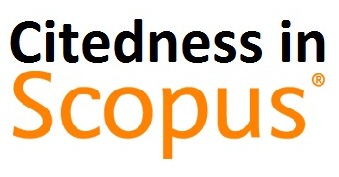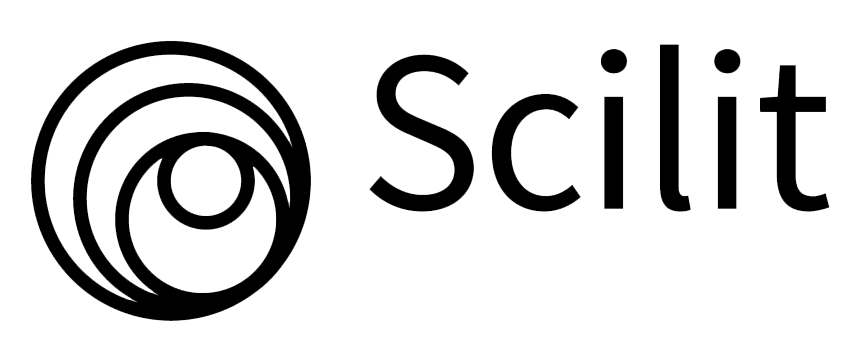UI/UX Design for Tourism Village Website Using the User Centered Design Method
DOI:
https://doi.org/10.38043/tiers.v3i2.3871Keywords:
Website, User Interface, User Experience, UCD, UEQAbstract
The importance of creative and innovative technology applies to any sector of industry. Technology offers a lot to improve performance in general. In the tourism sector, creative and innovative technology affects how the welfare of the community and businesses increase significantly. The use of technology can create exposure to enhance, and gain the interest of many people to the tourism itself. Developing a website or mobile based application is a way to be creative and innovative about the solution to increase the number of tourist visits. In addition to reaching the expected number of tourist visits, the application needs to be both effective and efficient in obtaining the up-to-date information regarding the destination. In this study, the User Centered Design method is used to obtain descriptive information to be used as a User Interface and User Experience design guidelines, also the User Experience Questionnaire method to assess the evaluated User Interface and User Experience outputs. One descriptive questionnaire is used as the implementation of User Centered Design, and the two User Experience Questionnaires afterward are used to assess User Interface and User Experience. The second design is appointed to be the final design of User Interface and User Experience based on the end comparison result of User Experience Questionnaire. These design methods produce a more effective output because the process involves direct evaluation from users in order to fulfill the needs and demands more precisely without overdoing the process.
Downloads
References
I. Khatri, “Information Technology in Tourism & Hospitality Industry: A Review of Ten Years’ Publications,” J. Tour. Hosp. Educ., vol. 9, pp. 74–87, 2019, doi: 10.3126/jthe.v9i0.23682.
T. Akbar, “Functional analysis on Bali botanical garden for society,” Int. J. Phys. Math., vol. 2, pp. 21–25, 2019, doi: 10.31295/ijpm.v2n1.79.
E. Happ and Z. Ivancsó-Horváth, “Digital Tourism Is The Challenge Of Future,” Knowl. Horizons - Econ., vol. No 2, no. 2, pp. 9–16, 2018.
S. Issue, “SAJMMR Special Issue,” vol. 10, no. 4, pp. 1–92, 2020.
I. G. N. P. Suryanata, “Sustainable tourism creation as core economy facing the industrial revolution challenges,” Int. J. Soc. Sci. Humanit., vol. 2, no. 2, pp. 279–291, 2018, doi: 10.29332/ijssh.v2n2.175.
N. Polat and E. Hermans, “A model proposed for sustainable accessible tourism (SAT),” Tékhne, vol. 14, no. 2, pp. 125–133, 2016, doi: 10.1016/j.tekhne.2016.11.002.
O. El-Said and H. Aziz, “Virtual Tours a Means to an End: An Analysis of Virtual Tours’ Role in Tourism Recovery Post COVID-19,” J. Travel Res., vol. 61, no. 3, pp. 528–548, 2022, doi: 10.1177/0047287521997567.
T. D. Vila, E. A. González, N. A. Vila, and J. A. F. Brea, “Indicators of website features in the user experience of e-tourism search and metasearch engines,” J. Theor. Appl. Electron. Commer. Res., vol. 16, no. 1, pp. 18–36, 2021, doi: 10.4067/S0718-18762021000100103.
I. R. Amnah, A., Sulyono, S., & Utama, “5 Icitb,” no. Icitb 2019, pp. 248–256, 2019.
M. A. T. Pratama and A. T. Cahyadi, “Effect of User Interface and User Experience on Application Sales,” IOP Conf. Ser. Mater. Sci. Eng., vol. 879, no. 1, 2020, doi: 10.1088/1757-899X/879/1/012133.
R. Sanchis-font, R. Sanchis-font, C. De Vera, and J. Carlos, “E-LEARNING UNIVERSITY EVALUATION THROUGH SENTIMENT ANALYSIS CENTERED ON USER EXPERIENCE DIMENSIONS,” pp. 1–12, 1989.
A. Herawati, A. Purwaningsih, and Y. D. Handharko, “Promoting Village Tourism through the Development of Information Systems,” Rev. Integr. Bus. Econ. Res., vol. 7, no. 1, p. 221, 2018, [Online]. Available: http://buscompress.com/journal-home.html
L. M. Hasani, D. I. Sensuse, Kautsarina, and R. R. Suryono, “User-Centered Design of e-Learning User Interfaces: A Survey of the Practices,” 2020 3rd Int. Conf. Comput. Informatics Eng. IC2IE 2020, pp. 299–305, 2020, doi: 10.1109/IC2IE50715.2020.9274623.
M. Schrepp, A. Hinderks, and J. Thomaschewski, “Construction of a Benchmark for the User Experience Questionnaire (UEQ),” Int. J. Interact. Multimed. Artif. Intell., vol. 4, no. 4, p. 40, 2017, doi: 10.9781/ijimai.2017.445.
J. Spruce and M. Evans, “Downloaded from?: http://e-space.mmu.ac.uk/626111/ Version?: Accepted Version Publisher?: Science Publishing Group Transforming Learning Through User-Centered Design Research Methods,” vol. 5, pp. 50–58, 2020, doi: 10.11648/j.xxx.xxxxxxxx.xx.Abstract.
D. K. Safitri and A. Andrianingsih, “Analisis UI/UX untuk Perancangan Ulang Front-End Web Smart-SITA dengan Metode UCD dan UEQ,” Techno.Com, vol. 21, no. 1, pp. 127–138, 2022, doi: 10.33633/tc.v21i1.5639.
G. W. Sasmito and M. Fikri Hidayattullah, “The Implementation of User Centered Design Methods on Public Service Mapping Websites,” IOP Conf. Ser. Mater. Sci. Eng., vol. 1077, no. 1, p. 012022, 2021, doi: 10.1088/1757-899x/1077/1/012022.
M. Defriani, M. G. Resmi, and O. A. Permana, “User Centered Design Method for Developing a Mobile-Based Product Distribution Application,” Sinkron, vol. 7, no. 1, pp. 33–38, 2022, doi: 10.33395/sinkron.v7i1.11218.
M. Schrepp, A. Hinderks, and J. Thomaschewski, “Design and Evaluation of a Short Version of the User Experience Questionnaire (UEQ-S),” Int. J. Interact. Multimed. Artif. Intell., vol. 4, no. 6, p. 103, 2017, doi: 10.9781/ijimai.2017.09.001.
Y. Sari, N. Novitasari, and H. Pratiwi, “Evaluation of lambung mangkurat university student academic portal using user experience questionnaire (UEQ),” Ilk. J. Ilm., vol. 13, no. 1, pp. 45–50, 2021, doi: 10.33096/ilkom.v13i1.787.45-50.
I. D. Sabukunze and A. Arakaza, “User Experience Analysis on Mobile Application Design Using User Experience Questionnaire,” Indones. J. Inf. Syst., vol. 4, no. 1, pp. 15–26, 2021, doi: 10.24002/ijis.v4i1.4646.
S. Putro, K. Kusrini, and M. P. Kurniawan, “Penerapan Metode UEQ dan Cooperative Evaluation untuk Mengevaluasi User Experience Lapor Bantul,” Creat. Inf. Technol. J., vol. 6, no. 1, p. 27, 2020, doi: 10.24076/citec.2019v6i1.242.
Downloads
Published
How to Cite
Issue
Section
License
Copyright (c) 2022 Hasna Tania Yasmine, Wahyu Tisno Atmojo

This work is licensed under a Creative Commons Attribution-ShareAlike 4.0 International License.





















